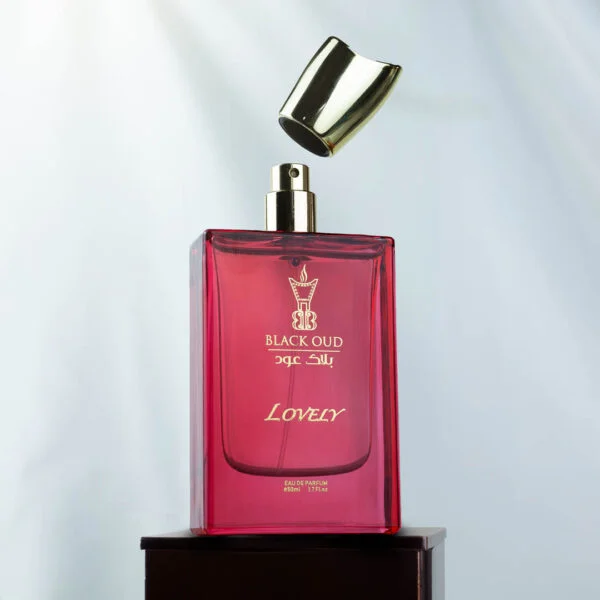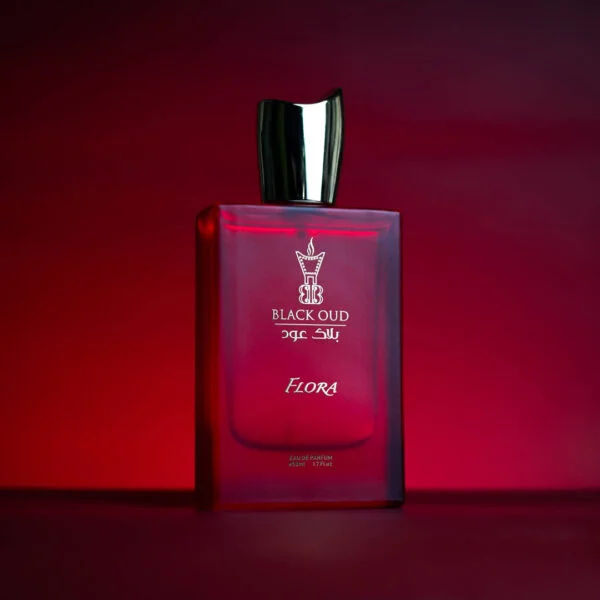What scent attracts customers? The Power of Fragrance in Driving Consumer Behavior
In the competitive world of retail and hospitality, businesses are constantly seeking innovative ways to attract and retain customers. While visual appeal and customer service remain crucial, another subtle yet powerful tool is gaining attention: scent. The question “What scent attracts customers?” is more than just a curiosity—it’s a key to unlocking deeper emotional connections and driving consumer behavior. This article explores the science behind scent marketing and how businesses can use fragrance to create memorable experiences.

The Science of Scent and Consumer Behavior
Our sense of smell is deeply tied to memory and emotion. The olfactory system, responsible for processing scents, is directly connected to the brain’s limbic system, which governs emotions, memories, and decision-making. This connection explains why a particular fragrance can evoke nostalgia, comfort, or even excitement. For businesses, this means that the right scent can create a positive association with their brand, encouraging customers to stay longer, spend more, and return in the future.
Studies have shown that ambient scents can significantly influence customer perceptions and behaviors. For example, a study published in the Journal of Business Research found that customers in a scented environment were more likely to make purchases and rate their overall experience higher compared to those in an unscented space. Similarly, research from the Smell and Taste Treatment and Research Foundation revealed that certain scents, like vanilla or lavender, can increase dwell time in stores by up to 31%.
Scents That Attract Customers
Not all scents are created equal when it comes to attracting customers. The choice of fragrance depends on the type of business, target audience, and desired emotional response. Here are some popular scents and their effects:
Vanilla
Known for its warm, comforting aroma, vanilla is a universal crowd-pleaser. It evokes feelings of happiness and relaxation, making it ideal for retail stores, spas, and cafes.
Example: Bakeries and coffee shops often use vanilla to enhance the cozy, inviting atmosphere.
Citrus (Lemon, Orange, Grapefruit)
Citrus scents are fresh, energizing, and uplifting. They are perfect for creating a vibrant, clean environment.
Example: Gyms, hotels, and offices use citrus fragrances to promote alertness and positivity.
Lavender
Lavender is synonymous with calmness and relaxation. It’s often used in spas, wellness centers, and boutiques to reduce stress and encourage customers to linger.
Example: Luxury hotels incorporate lavender in their lobbies to create a serene ambiance.
Peppermint
Peppermint is invigorating and stimulating, making it a great choice for environments where focus and energy are needed.
Example: Retailers selling fitness gear or health products often use peppermint to inspire motivation.
Sandalwood
This earthy, woody scent is associated with sophistication and luxury. It’s commonly used in high-end stores and hotels to create an upscale atmosphere.
Example: Designer boutiques and luxury car showrooms use sandalwood to appeal to affluent customers.
Fresh Linen or Ocean Breeze
Clean, fresh scents evoke feelings of purity and simplicity. They are ideal for businesses that want to convey a sense of cleanliness and trustworthiness.
Example: Laundry services, hotels, and home goods stores often use these scents.
Luxury Fragrances on Sale!
Discover premium perfumes & exclusive combos at BlackOud.Ae’s High Sale. Limited time deals on Oud Al Aswad, Oud Muattar & more. Shop now!

How to Implement Scent Marketing
To effectively use scent as a marketing tool, businesses should consider the following steps:
Define Your Brand Identity
Choose a scent that aligns with your brand’s values and target audience. For example, a high-end spa might opt for lavender or sandalwood, while a trendy café might prefer vanilla or citrus.Use Subtlety
The scent should be noticeable but not overwhelming. Customers should feel its presence without being distracted by it.Invest in Quality
Opt for high-quality, natural fragrances rather than synthetic ones. Poor-quality scents can have the opposite effect, driving customers away.Consistency is Key
Use the same scent across all locations to create a cohesive brand experience. This helps reinforce brand recognition and loyalty.Test and Adjust
Monitor customer feedback and behavior to determine if the chosen scent is effective. Be open to making adjustments if necessary.
The Future of Scent Marketing
As businesses continue to explore multisensory marketing strategies, scent is poised to play an even bigger role in shaping customer experiences. Advances in technology, such as scent diffusers and smart fragrance systems, are making it easier for businesses to control and customize their scent environments. Additionally, the rise of e-commerce has led to the development of scented packaging, allowing brands to extend their sensory appeal beyond physical spaces.
Pay with Tabby
Tabby lets you split your purchases into 4 monthly payments so you can worry less and aim for more. And you’ll never pay interest or fees, not even late fees.
Conclusion
In conclusion, the question “What scent attracts customers?” is not just about choosing a pleasant fragrance—it’s about understanding the psychology of scent and its ability to influence emotions, memories, and behaviors. By harnessing the power of scent, businesses can create unforgettable experiences that keep customers coming back for more. Whether it’s the comforting aroma of vanilla or the invigorating freshness of citrus, the right scent can be a game-changer in the world of customer attraction.







Add comment